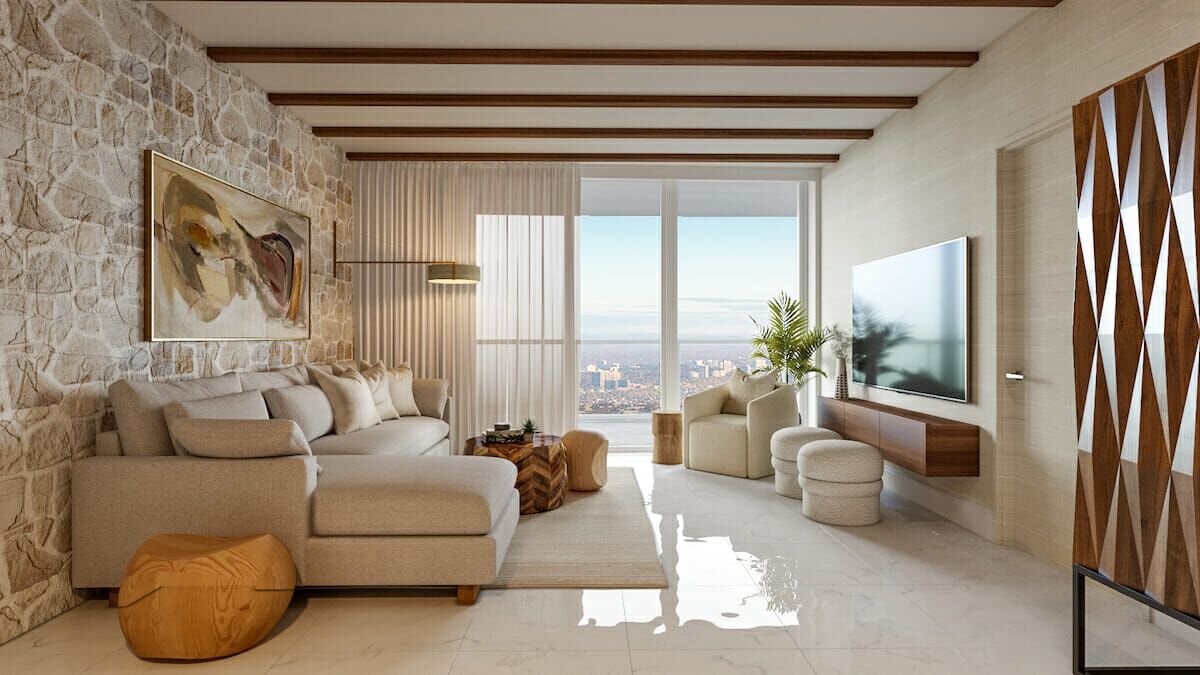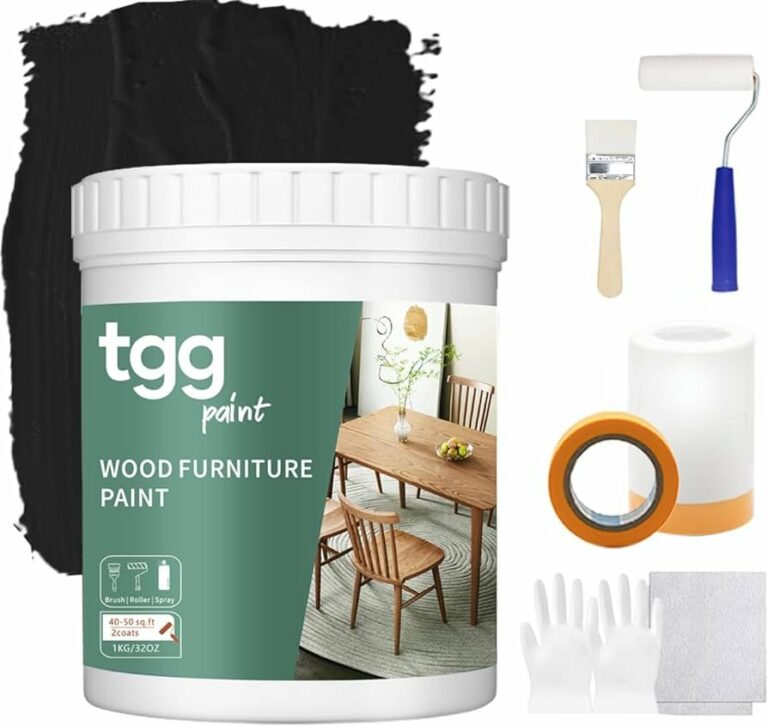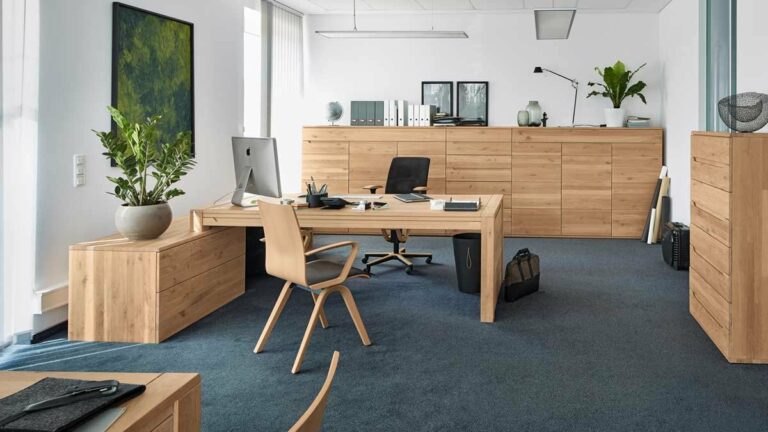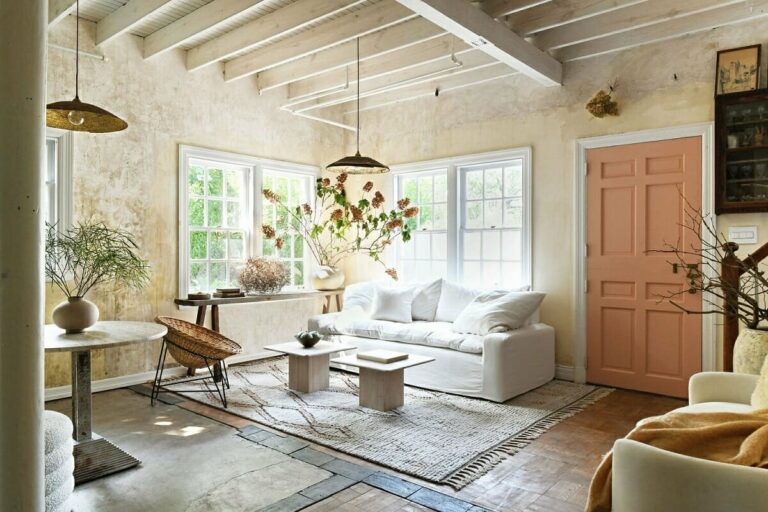Is Eco-Friendly Furniture Costlier?
Is Eco-Friendly Furniture Costlier? This question has been on the minds of many consumers who are looking to make sustainable choices for their homes. When it comes to furnishing our living spaces, we want to create a beautiful and comfortable environment while also minimizing our impact on the planet.
The good news is that going green doesn’t necessarily mean breaking the bank. While some eco-friendly furniture options may have a slightly higher price tag upfront, the long-term benefits and cost savings are well worth it.
By choosing environmentally-friendly materials and designs, you can not only create a healthier home but also save money in the long run. Let’s delve deeper into why eco-friendly furniture is a smart investment for both your wallet and the planet.
Is Eco-Friendly Furniture Costlier?
When it comes to making sustainable choices, many consumers wonder if eco-friendly furniture is more expensive than its conventional counterparts. It’s a common misconception that environmentally friendly options always come with a higher price tag. However, the reality is more nuanced, and there are several factors to consider when evaluating the cost of eco-friendly furniture. In this article, we will explore the relationship between eco-friendliness and furniture prices, debunk common myths, and provide tips on finding affordable sustainable options.
Understanding Eco-Friendly Furniture:
Before diving into the cost aspect, let’s clarify what makes furniture eco-friendly. Sustainable or eco-friendly furniture is crafted with materials and production methods that have minimal negative impact on the environment. This includes using renewable resources, recycling materials, reducing waste, and employing ethical manufacturing practices.
Renewable Materials
Eco-friendly furniture often incorporates renewable materials such as bamboo, reclaimed wood, or FSC-certified wood. These materials are sourced sustainably, ensuring the long-term health of forests and minimizing the carbon footprint associated with furniture production.
Non-Toxic Materials
Another aspect of eco-friendliness is the use of non-toxic materials. Conventional furniture may contain harmful chemicals like formaldehyde or volatile organic compounds (VOCs) that can off-gas and contribute to indoor air pollution. In contrast, eco-friendly options prioritize low or zero VOC finishes and adhesives, reducing potentially harmful effects on both human health and the environment.
Responsible Manufacturing
Eco-friendly furniture manufacturers prioritize ethical and sustainable production practices. This includes fair labor conditions, efficient use of resources, and minimizing waste throughout the manufacturing process. By supporting companies that uphold these principles, consumers can make a positive impact on both the environment and social well-being.
Breaking the Myth: Eco-Friendly Furniture is Always Expensive
Contrary to popular belief, eco-friendly furniture is not always more expensive. While it’s true that sustainable options can sometimes carry a higher price tag, this is not universally the case. The perception of higher cost often stems from a variety of factors, including limited availability, higher production costs for sustainable materials, and branding strategies employed by certain companies. However, with increasing consumer demand and market competition, the price gap between eco-friendly and conventional furniture is diminishing.
Factors Impacting the Price of Eco-Friendly Furniture
To better understand the cost variation in eco-friendly furniture, let’s examine some key factors that can influence pricing:
Material Selection
The choice of materials significantly affects the price of furniture. While sustainably sourced materials may incur higher production costs, the availability and abundance of these materials can help offset these expenses. Additionally, some eco-friendly materials require less processing, reducing associated manufacturing costs.
Quality and Durability
Eco-friendly furniture often prioritizes quality and durability. While this can translate into a higher upfront cost, it also means that the furniture is designed to last longer, reducing the need for frequent replacements. Investing in durable pieces can yield long-term savings and minimize environmental impact.
Labor and Craftsmanship
Responsible manufacturing practices, fair wages, and skilled craftsmanship may contribute to the cost of eco-friendly furniture. Supporting ethically made products ensures that workers are paid fairly and work in safe conditions. While this may reflect in the price, it also aligns with sustainability principles and contributes to a more equitable industry.
Scale of Production
The scale of production plays a significant role in pricing. Larger manufacturers benefit from economies of scale, which can help reduce production costs. However, as sustainable furniture often involves smaller-scale production, the absence of mass production efficiencies can contribute to slightly higher prices.
Certification and Standards
Certifications, such as Forest Stewardship Council (FSC) certification for wood products, add credibility to eco-friendly furniture by verifying the sustainable origin of materials. While certification can entail additional costs, it provides assurance to consumers and supports responsible sourcing practices.
Finding Affordable Eco-Friendly Furniture
If you’re on a budget but still want to prioritize sustainability, there are several strategies to find affordable eco-friendly furniture options:
Secondhand and Vintage Shopping
One of the most cost-effective ways to furnish sustainably is by exploring secondhand and vintage furniture markets. Not only can you find unique pieces with character, but buying used furniture also prevents items from ending up in landfills.
Local Artisans and Craftsmen
Supporting local artisans and craftsmen can be an affordable way to obtain eco-friendly furniture. By eliminating intermediary costs associated with mass production and importing, you can often find high-quality, sustainable pieces at a reasonable price.
Off-Season Sales and Promotions
Keeping an eye on seasonal sales and promotions can help you score deals on eco-friendly furniture. As with any consumer product, prices can fluctuate throughout the year, and taking advantage of discounts can make sustainable options more affordable.
DIY and Upcycling
Embracing your creativity through do-it-yourself (DIY) projects or upcycling existing furniture can be both cost-effective and environmentally friendly. By repurposing or giving new life to older pieces, you can create unique items that align with your sustainability values.
Budget-Friendly Brands
As sustainable practices become more mainstream, an increasing number of budget-friendly brands are emerging. These companies prioritize affordability without compromising on eco-friendly principles, making sustainable furniture accessible to a wider range of consumers.
A Positive Investment for the Future
When evaluating the cost of eco-friendly furniture, it’s essential to consider the long-term benefits and savings. While upfront prices may be slightly higher, the durability and longevity of sustainable furniture often outweigh the initial investment. Additionally, by supporting sustainable practices, you contribute to a healthier environment and encourage industries to adopt more responsible approaches.
INVESTING IN ARTISAN FURNITURE FOR YOUR SLOW HOME | Conscious Consumerism | Slow Living | Interiors
Frequently Asked Questions
Is eco-friendly furniture more expensive?
While eco-friendly furniture may have a slightly higher price tag compared to conventional options, the long-term benefits and savings often outweigh the initial cost. Eco-friendly materials and manufacturing processes make these furniture pieces more sustainable and healthier for both the environment and your indoor air quality. Additionally, eco-friendly furniture tends to be more durable and made to higher quality standards, resulting in longer lifespans and fewer replacements. Over time, the reduced need for replacements can lead to significant savings.
Why is eco-friendly furniture more expensive?
Eco-friendly furniture is typically more expensive due to several factors. Firstly, the materials used in eco-friendly furniture, such as sustainably sourced wood or recycled materials, can be costlier to obtain. Secondly, eco-friendly manufacturing processes often require additional steps and certifications, contributing to higher production costs. Lastly, the higher price tag reflects the value placed on sustainability and ethical practices by eco-friendly furniture companies, ensuring fair wages and environmentally responsible operations.
Are there any cost-saving benefits to choosing eco-friendly furniture?
Yes, there are cost-saving benefits to choosing eco-friendly furniture. While the initial investment may be higher, eco-friendly furniture is often more durable and long-lasting than its conventional counterparts. This durability reduces the need for frequent replacements, resulting in long-term cost savings. Additionally, some eco-friendly furniture may qualify for tax incentives or energy efficiency rebates, providing additional financial benefits.
Is the quality of eco-friendly furniture compromised due to its higher cost?
No, the quality of eco-friendly furniture is not compromised due to its higher cost. In fact, eco-friendly furniture is often made to higher quality standards compared to conventional furniture. Manufacturers prioritize sustainability and ethical practices, ensuring that materials are sourced responsibly and the furniture is built to last. Eco-friendly furniture is designed with durability in mind, meaning it can withstand the test of time and daily use.
Can eco-friendly furniture be affordable?
Yes, eco-friendly furniture can be affordable. While some eco-friendly furniture pieces may come with a higher price tag, there are also budget-friendly options available. You can find eco-friendly furniture at various price points by exploring different brands, materials, and sourcing options. Additionally, shopping during sales, purchasing second-hand eco-friendly furniture, or considering DIY projects using sustainable materials can all help make eco-friendly furniture more accessible and affordable.
Final Thoughts
In conclusion, eco-friendly furniture may initially appear more expensive compared to conventional options. However, when considering the long-term benefits, such as reduced energy consumption and lower environmental impact, the higher upfront cost can be justified. Moreover, eco-friendly furniture offers superior quality and durability, ensuring a longer lifespan and potential savings in replacement and maintenance costs. By investing in eco-friendly furniture, individuals contribute to sustainable practices and support the preservation of our planet. Consequently, while eco-friendly furniture may require a higher initial investment, its long-term advantages make it a worthwhile choice for both the environment and consumers.



